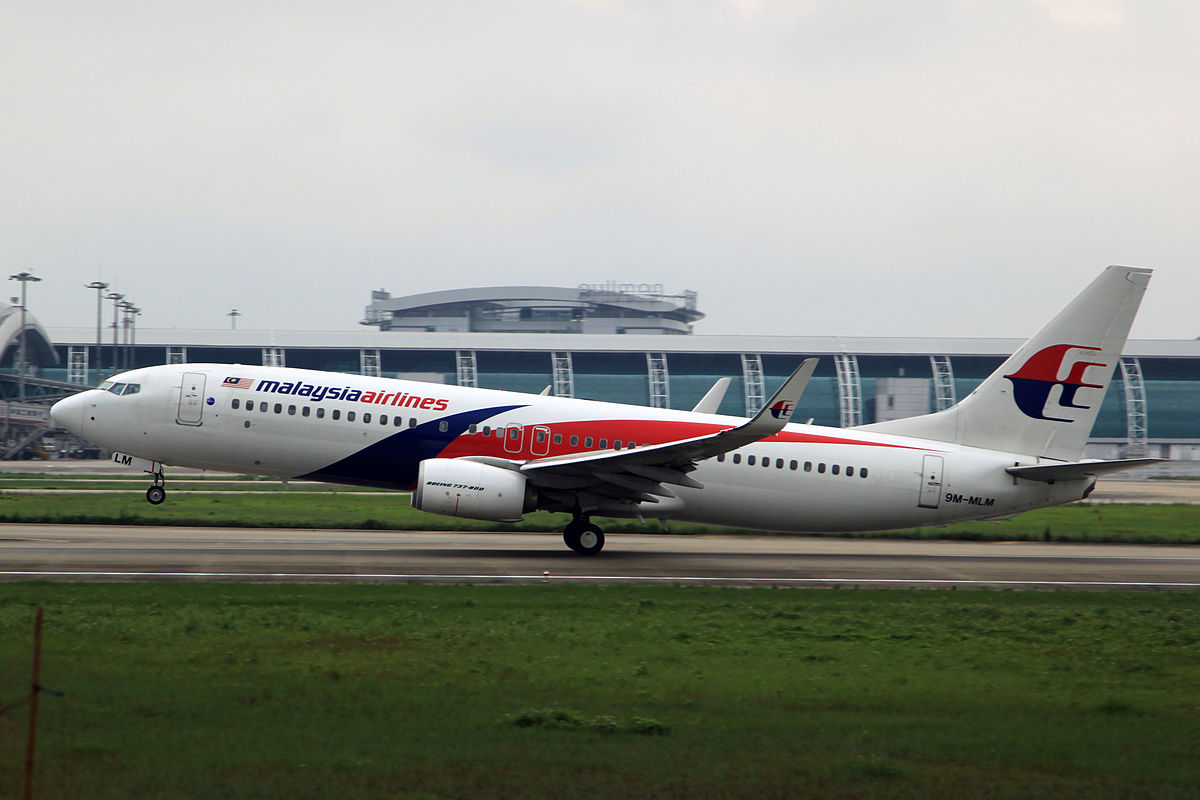Executives say turn-around plan is ahead of schedule
Government help means Malaysia Airlines is set to survive. Photo: BBC.
Malaysia Airlines was already in deep financial trouble as it entered 2014 and the twin tragedies of flights MH370 and MH17 only made things worse.
The airline had lost $A1.5 billion since 2011 and the crashes saw its loss for the second quarter ending June 30 of that fateful year burgeon to almost $A100 million as passengers stayed away.
This was the sixth straight quarterly loss for the airline but it was almost double the loss for the corresponding quarter in the previous year.
The response of the Malaysian government was to re-nationalise the airline and move it into a new company structure.
This saw state-run Khazanah Nasional, which already owned 69.4 per cent of the airline, pay $A450 million for the remaining 30.6 per cent of the shares and de-list it at the end of 2014.
A few months later, an administrator was appointed to oversee the transfer of assets and liabilities from the existing company to a new vehicle, Malaysia Airlines Berhad.
Then chief executive Christoph Mueller also set about what he called a “hard reset’’ for an airline he said had been technically bankrupt.
In a restructure likened to US Chapter 11 bankruptcy, the airline offered jobs to just 14,000 of its 20,000 staff, sold buildings, shed some planes, reduced the size of aircraft on some routes and cut frequencies on others.
The one change the Malaysians resisted, despite forecasts to the contrary, was to change the name of the national carrier.
The airline is now two-and-a -half years into its recovery and parent company Kahazanah has spent more than RM5 billion($A1.49 billion) of the RM6 billion it set aside for the five-year process.
But Khazanah managing director Azman Mokhtar said the recovery was slightly ahead of schedule, cash flow was increasing and suggested the airline could break even next year.
His comments came after the carrier’s current chief executive, Peter Bellew, said in October there was no need for extra funding from Khazanah because targets were being met.
The restructure has seen significant changes in Malaysia’s fleet and product as it moves to re-focus on growth within Asia, with China a principal target, and uses codeshare deals with airlines such as Emirates to build its long-haul international network.
one are the long-haul Boeing 777 and 747 passenger aircraft and the airline’s fleet of six flagship Airbus A380 super-jumbos are destined to be reconfigured and leased for religious pilgrimages such as the Haj.
There are hints the airline could later this year order 25 widebody jets — either Airbus A330neos or Boeing 787 Dreamliners — to progressively replace its 15 Airbus A330-300s and give it the flexibility for growth.
This would be in addition to six long-haul Airbus A350-900s on order as replacements for the A380s on routes such as London.
The biggest part of Malaysia’s fleet, its narrowbody aircraft, is also getting an upgrade. The carrier has 25 next generation 737 MAX 8s on order plus purchase rights on 2, Deliveries start in 2019 and these fuel- efficient aircraft fly further than carrier’s existing fleet of B737-800s and can carry more passengers.
But as Bellew noted in an interview with Air Transport World last year, the delivery of the new 737s will mean more than just the arrival of a new aircraft type.
“Malaysia Airlines’ future is now safe and secure,’’ he said “The new aircraft make that a reality for our employees.’’
Bellew told reporters at an industry gathering on Tuesday in Hong Kong that a sales and marketing blitz, combined with new inflight menus and product such as lie-flat business seats, had helped bring customers back.
Confirming that the airline was meeting key performance goals and was on track to return to profitability in 2018, he said its load factor had averaged 82 per cent in the third quarter and 90 per cent in December.
These sorts of figures look promising in terms the Malaysian government’s aim of eventually relisting the airline on the stock exchange.
























